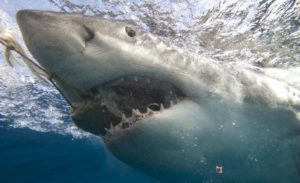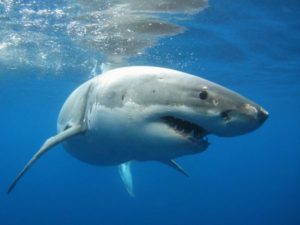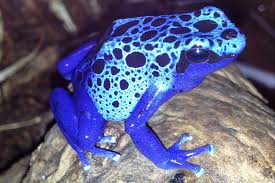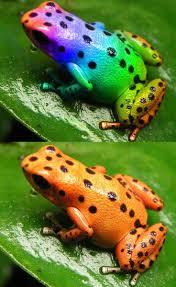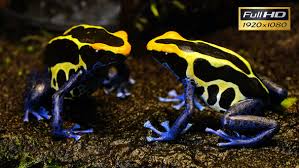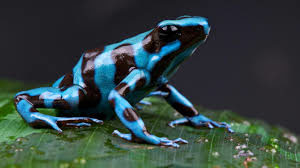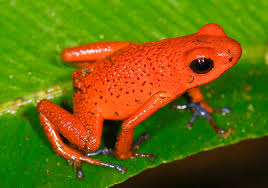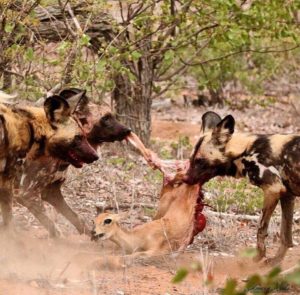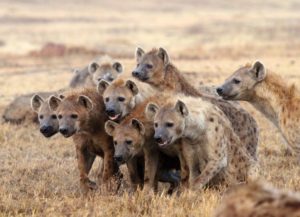An experiment gone wrong, in 1957 a Brazilian bee keeper who was trying to interbreed European and African honey bees accidently let some of his “pets” get away. Much more aggressive than their European counterparts, these genetically mixed “killer bees” have since then spread through out the Americas. They have come to be feared in some regions because of their tendency to swarm relentlessly and aggressively chase their victims for miles.
These legendary predators have a terrible time distinguishing between the edible and the non-edible. There chosen method? Sampling. They sample buoys, boats, surfboards, humans, anything that floats. Contrary to popular belief, however, they really aren’t man-eaters. Humans are too bony, and after the initial bite, they usually leave you to bleed out in the water.
The Poisonous Dart Frogs are packed into 2 inches of a colorful amphibian has enough poison in its body to kill an army of 20,000 mice. This means that with roughly 2 micrograms, or the amount that would fit on a pinhead, you could successfully stop the heart of a large animal. And to make matters worse, the poison is actually located on the surface of the skin. You seriously can’t touch this frog. These frogs are considered one of Earth’s most toxic or poisonous species, commonly found in rain forests of Central and South America.
Unlike most other animals on this list, the world’s largest carnivore is not afraid of you. It has no natural predators and will eat anything that is even slightly meaty, including other polar bears. Although they generally don’t kill humans, it’s probably because there aren’t many of them around to kill.
Hyenas, these predators ,may be wary of human interaction during the day, after sunset the paradigm shifts. Although hyenas have been known to hunt humans throughout history, the behavior tends to increase during wartime and disease outbreaks due to their strong affinity for human corpses.
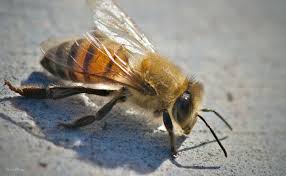 African Killer Bees
African Killer Bees